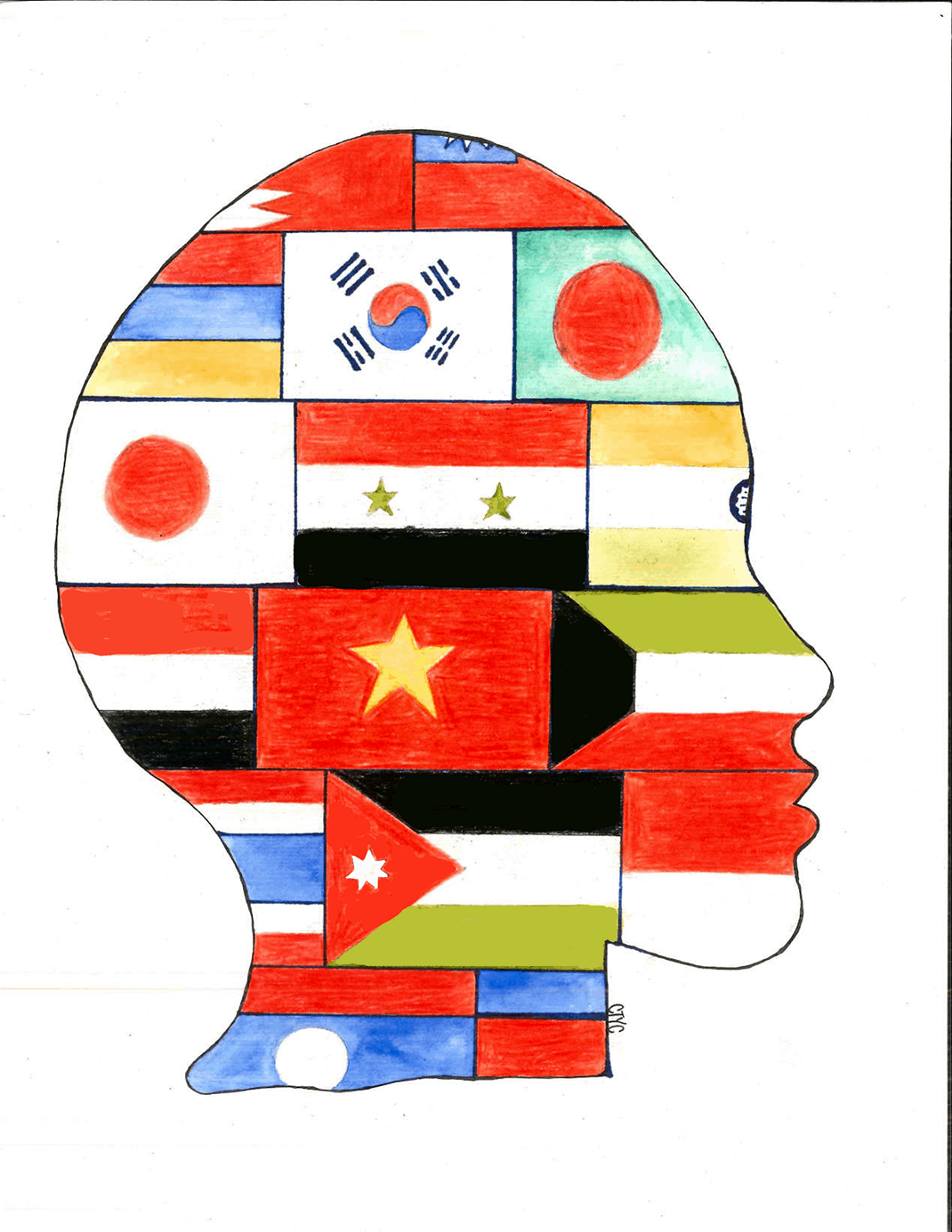Students at universities, and people in the west more broadly, are often transparently ambivalent toward Asian peoples and communities. At the University of Toronto, we benefit from access to affordable Chinatown goods and services and celebrate international students as part of our multicultural, cosmopolitan identity. Yet we also blame Asian investors for the overheated housing markets in Toronto and Vancouver, describe U of T as ‘too Asian,’ and — as comments on social media have revealed — consider The Varsity’s new Chinese edition to be a threat to English speakers.
This contradictory attitude toward Asia can be explained by the connection between the cultural and the economic. Where we materially gain, we embrace the multicultural trope; where we lose, we express contempt for all things cultural. While the rise of Asian economies is regarded as a capitalist miracle, Asia is simultaneously vilified for ‘stealing our jobs’ and outcompeting the west.
This double-edged sword of globalization has a history — one in which Asia is an ever-evolving abstraction in the Canadian imagination.
Recently at the Munk School of Global Affairs, Professor Iyko Day of Mount Holyoke College presented her work, Alien Capital: Asian Racialization and the Logic of Settler Colonial Capitalism, in which she explains the evolution of the Asian-North-American in the context of settler-colonial capitalism. Day argues that Asian bodies are racialized as a negative consequence of capitalism. In the era of the Canadian ‘Yellow Peril’ of the late 19th to 20th century, Asian immigrants were regarded as invaders that posed a threat to the romantic image of Canada as home of the European settler — which was not only xenophobic, but simultaneously erased Indigenous history.
Chinese labourers, who built the railways on the west coast, were defined by their cheap and efficient bodies. The very basis of their exploitation, however, was simultaneously a threat to the settler construction of ‘Canadian.’ Thus, acts of exclusion, such as the Chinese head tax, were implemented right after the Canadian Pacific Railway was completed and the government had profited from that labour. The erasure of Asia continued into the 20th century with the Japanese internment camps during World War II.
Fast forward to more recent history, and Day demonstrates a new but equally negative reality for the Asian body. Economic success has reconstructed Asians as the “New Jews” — a group in an international conspiracy of financial and economic power that poses a threat to the west. Nonetheless, there is a positive public relations spin to this conception. Spurred by the influx of professional, skilled immigrants in recent decades, the ‘model minority’ image has emerged to associate Asian culture with success.
The ways in which we both hold contempt for and praise Asians as the ‘model minority’ have problematic consequences for Asians themselves. ‘Asians’ are stripped of their individualities: they are homogenized as a singular idea, even though Asia is constituted of a plethora of diverging cultures and experiences.
This pattern of giving meaning to broad cultural categories is criticized by Cambridge economist Ha-Joon Chang, who recently spoke at University College. Chang explored how, over the course of 150 years, groups once labelled as “lazy Japanese” and “degraded Koreans” were somehow ‘transformed’ into economically developed peoples. Though culturalists attribute the successes of East Asian cultures to Confucianism, Chang pointed out that the very same cultures were previously used to explain the underdevelopment of peoples. Therefore, all cultures purportedly have qualities that are conducive and inhibitive to economic development, and institutions and policies that shape economies also cannot be ignored. Attributing certain qualities to certain groups just because they appear to fit modern realities is misguided.
Simultaneously, this western cultural gaze of classification is used to denigrate communities seen to lack development. Constructions of the smart, well-behaved, model minority Asian are used to justify denigrating other racialized migrants in Canada, while the ‘failures’ of Africa or the Middle East are attributed, again, to inherent cultural difference.
Today, the presence of Asian people in Canada continues to incite fears of economic uncertainties surrounding unaffordable housing, job dislocation, and stagnant wages for the settler Canadian. At the same time, those who do not fit this preconception may be dismissed as ‘failed Asians,’ associated not with economic success, but with terror, war, and poverty.
Even the academic experience at U of T reflects this by justifying the cultural-economic logic of the ‘model Asian’ while demarcating who is permitted to fall within this stereotype. The Contemporary Asian Studies (CAS) program focuses only on East, Southeast, and South Asia, regions that promise innovation, growth, and influence. West Asia and the Middle East are left out of CAS, and they are instead studied separately in the Near and Middle Eastern Civilizations program.
We can expose and challenge the faulty logic of the western imagination of Asia by looking to flipped narratives. For instance, the ethnic cleansing of Rohingya Muslims being perpetrated by Burmese people in Myanmar demonstrates that Muslims are not necessarily violent and Buddhists are not necessarily peaceful. As protesters in Toronto and elsewhere call for the stripping of Myanmar leader Aung San Suu Kyi’s honorary Canadian citizenship, we should understand that those we consider the model minority — locally and globally — do not always fit the cultural tropes with which we associate them.
Human beings are contradictory, complex, and cannot be boxed into scripts we create for them. The people who inhabit Asia — like people everywhere — are capable of both peace and violence, both prosperity and stagnation.
Globalization has blurred the line between the cultural and economic, and the flow of capital, labour, and bodies has produced legitimate anxieties about the redistribution of wealth. However, directing these anxieties toward abstract identities distracts us from unjust economic structures, and it pits peoples against each other. Challenging misconceived notions of Asia means understanding individual human experiences to find space for solidarity.
Ibnul Chowdhury is a third-year student at Trinity College studying Economics and Peace, Conflict and Justice. He is an Associate Comment Editor at The Varsity.


